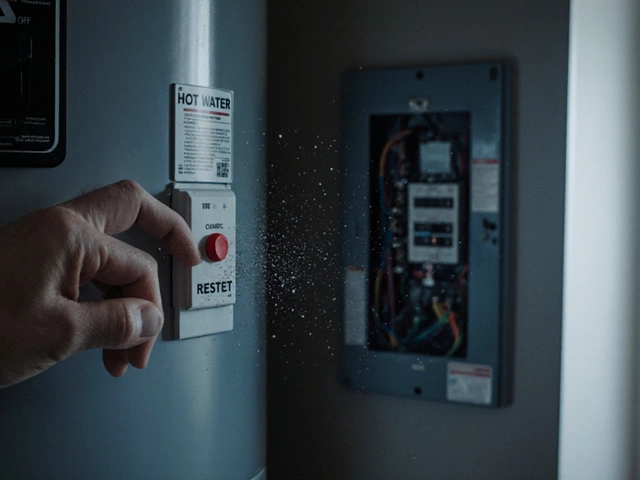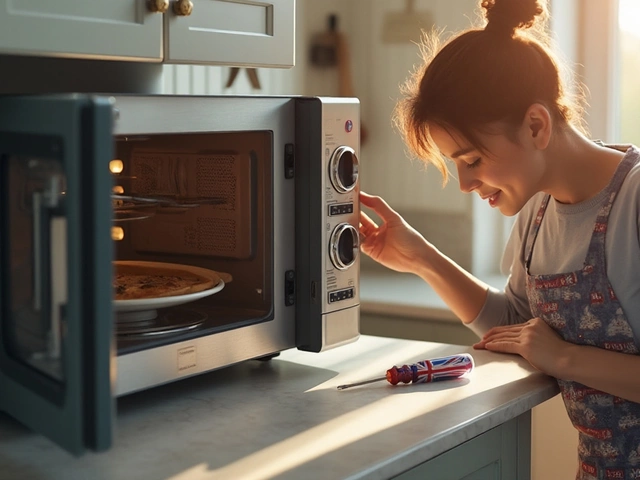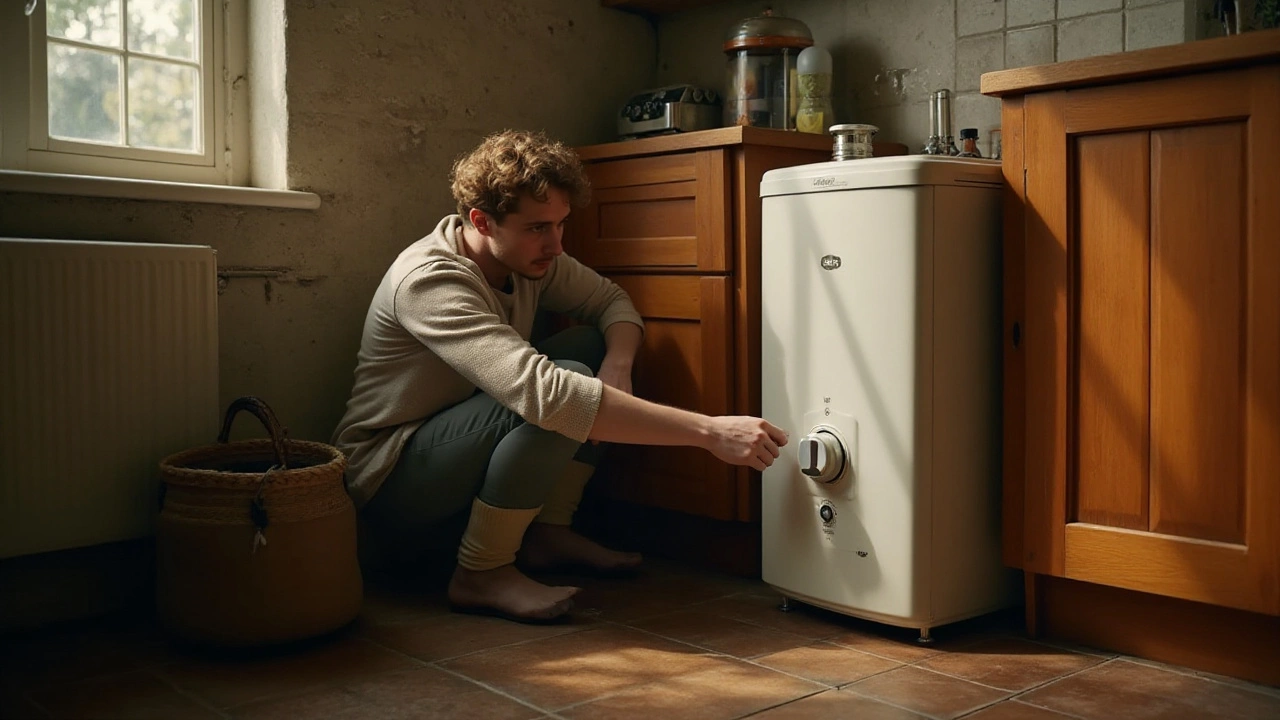Reset Button: Quick Fixes for Everyday Appliances
Ever stare at a blinking light on your fridge or an error code on the oven and wonder if a simple press could solve it? Most modern appliances include a reset button for exactly that reason – to give you a fast way to clear an error and get things running again.
Before you call a technician, try the reset. It’s cheap, safe, and often the first step in a troubleshooting checklist. Below we break down why manufacturers add this button, what it actually does, and how to use it on the gadgets you see every day.
Why Appliances Have a Reset Button
The reset button is basically a shortcut for turning the appliance off, clearing its internal memory, and starting fresh. When a sensor trips, a motor stalls, or a control board detects a fault, the unit may lock up to protect itself. Hitting reset tells the electronics that the problem is over and it can try again.
Think of it like rebooting a computer. Instead of pulling the plug and waiting, the reset switch does the same thing inside the machine, but without the risk of damaging components or losing user settings that are saved in the firmware.
Common Reset Procedures
Oven or Cooktop: Most electric ovens have a small recessed button near the control panel. Press it for 3‑5 seconds until the display goes blank, then wait a minute and turn the oven back on. If you’re dealing with a gas oven, turn the knob to “Off”, wait 30 seconds, then switch it back to “Bake”.
Refrigerator: Locate the power button on the inside wall or the back of the unit. Press and hold for about 10 seconds. The fridge will buzz, the lights may flash, and then the compressor restarts. This clears a temperature sensor glitch that often shows as “E1” or similar codes.
Washing Machine: Many front‑load washers have a “reset” or “pause/cancel” button. Hold it for 5 seconds while the door is closed. The machine will pause, clear any error, and you can start a new cycle. If the door lock is stuck, unplug the machine for a minute, then plug it back in – that acts as a manual reset.
Dishwasher: Look for a tiny button near the control knob or on the front panel. A quick press usually resets the “dry” or “rinse” sensors. If the dishwasher won’t start, turn off the power at the circuit breaker for 2 minutes, then restore power – this forces a full reset.
Heat Pump or Air Conditioner: Some units have a reset switch on the outdoor condenser. Press it after the system shuts down unexpectedly; the compressor will reboot and the thermostat will recalibrate.
When you reset, always check the user manual first. Some appliances require a specific sequence, like turning the power off, waiting 30 seconds, then pressing the reset. Skipping steps can leave the error code on the screen.
If the reset doesn’t clear the problem, the fault is likely more serious – a failed motor, a broken sensor, or a wiring issue. In those cases, give us a call. Our Rugby technicians can diagnose the root cause and get your appliance back in shape, often the same day.
Bottom line: before you spend money on a service call, try the reset button. It’s quick, it’s free, and it solves a surprising number of hiccups. Keep this guide handy, and you’ll feel more confident tackling appliance glitches around the house.







